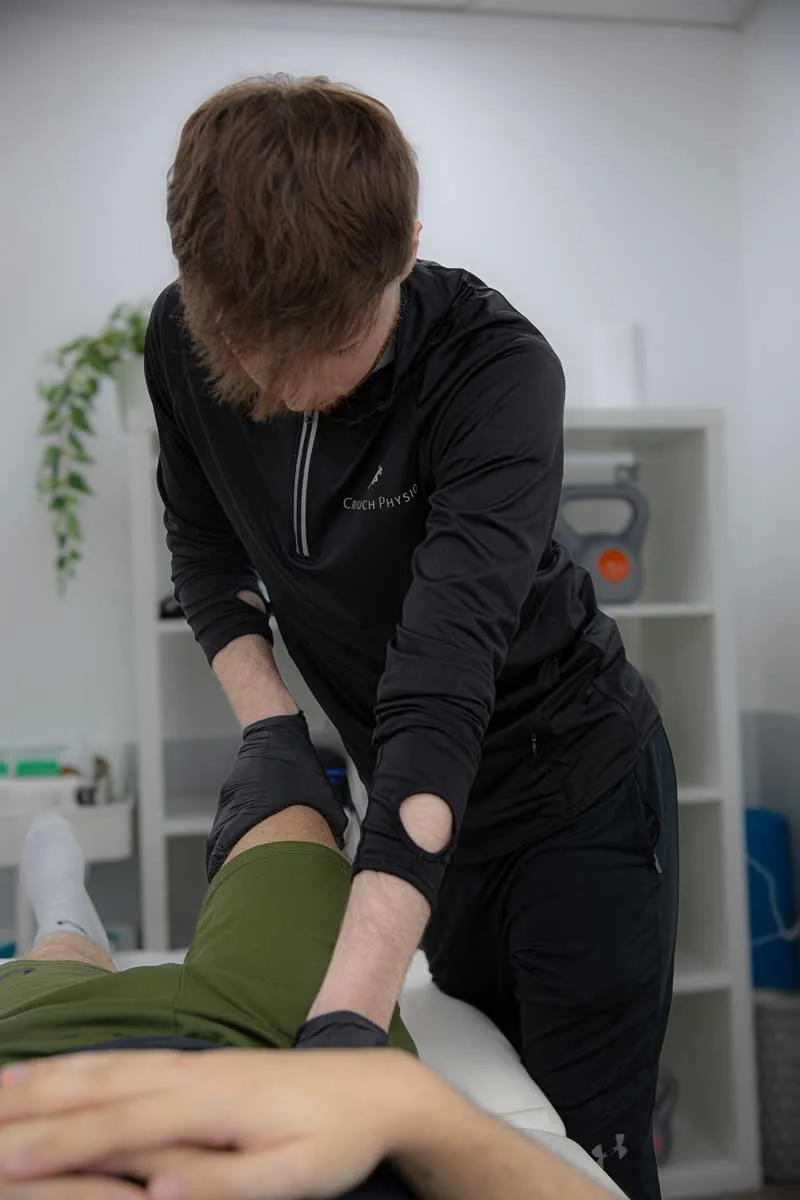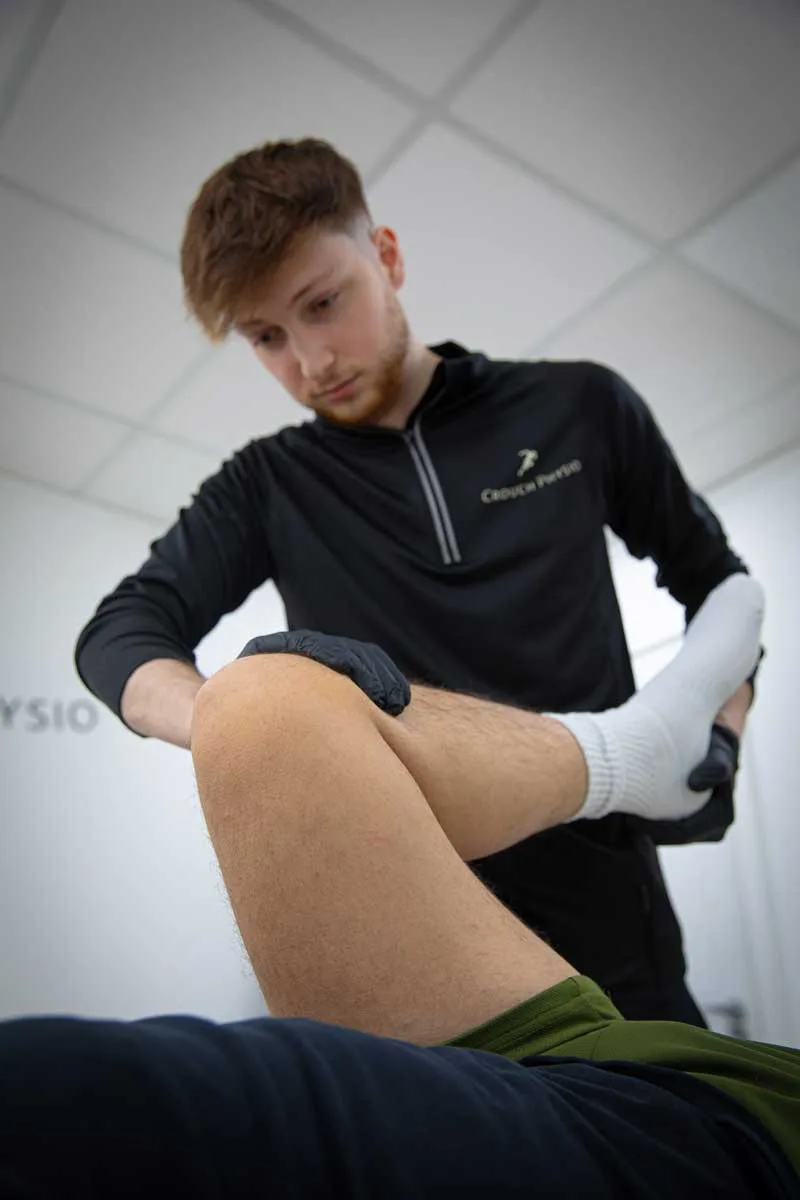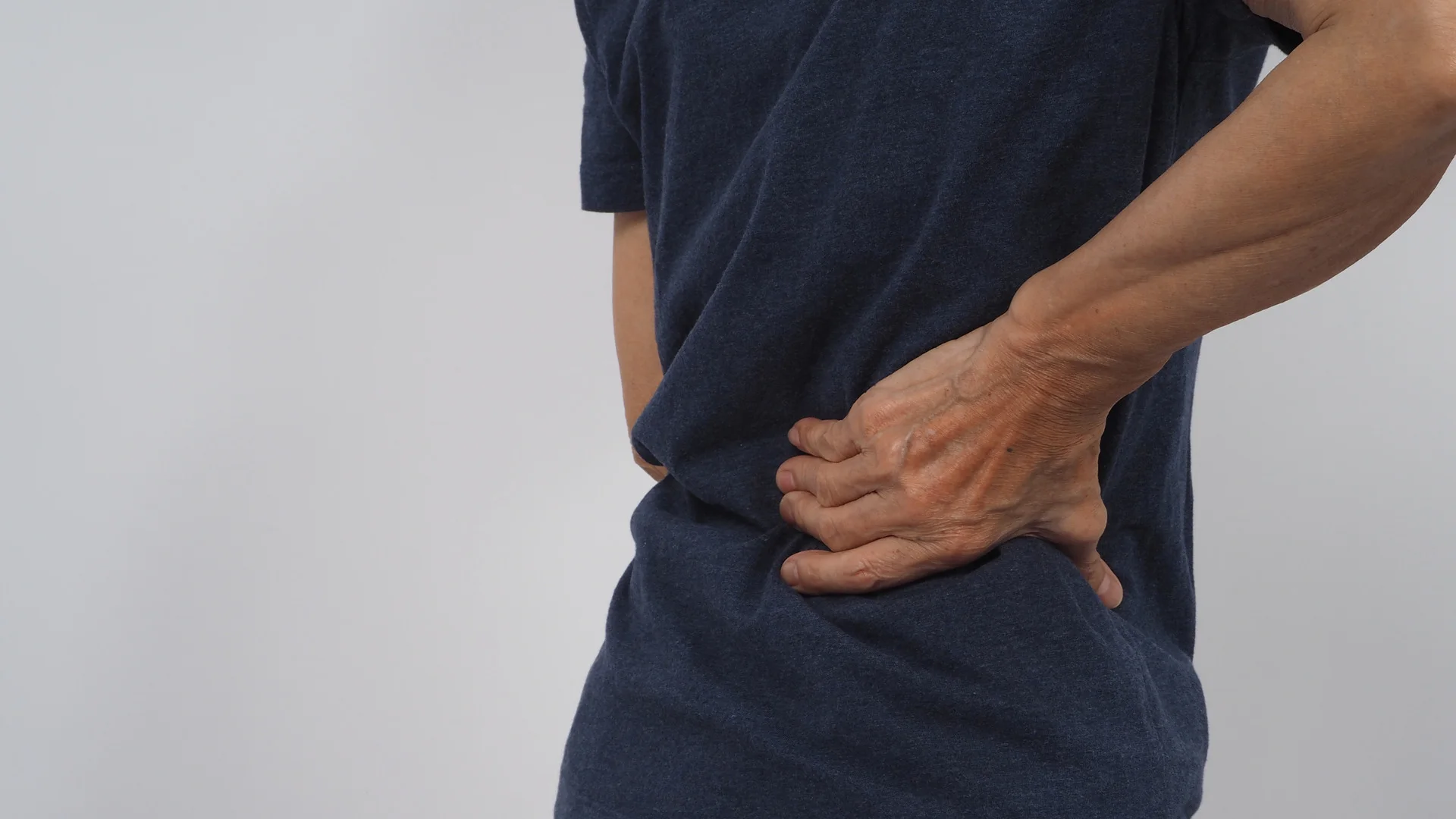Femoral Acetabular Impingement

What is femoral acetabular impingement?
Femoral Acetabular Impingement (FAI) is a condition where there is abnormal contact between the femur (thigh bone) and the acetabulum (socket of the hip joint). This can occur due to various anatomical abnormalities in the hip joint, leading to pain, limited range of motion, and potential damage to the joint structures over time.
Causes
- Structural abnormalities: These can include abnormalities in the shape of the femoral head or acetabulum, such as cam impingement (extra bone growth on the femoral head) or pincer impingement (over-coverage of the acetabulum).
- Repetitive hip movements: Certain activities or sports that involve repetitive hip flexion or rotation can increase the risk of developing FAl.
- Senetic predisposition: Some individuals may have a genetic predisposition to developing FAL


Assessment by a physiotherapist
- Patient history: Understanding the patient's symptoms, activity level, and any previous hip injuries or surgeries.
- Physical examination: This may involve assessing the range of motion of the hip joint, muscle strength, and performing special tests to reproduce symptoms associated with FAL
- Functional assessment: Observing how the patient moves during activities such as walking, squatting, or climbing stairs to identify any movement patterns that may contribute to hip impingement.
- Imaging: X-rays, MRI, or CT scans may be used to confirm the diagnosis and assess the extent of anatomical abnormalities in the hip joint.
Treatment methods
- Physiotherapy: A tailored exercise programme focusing on strengthening the muscles around the hip joint, improving flexibility, and correcting movement patterns can help alleviate symptoms and improve hip function
- Activity modification: Avoiding activities that aggravate symptoms, such as deep squats or activities that involve excessive hip flexion, may be recommended.
- Non-steroidal anti-Inflammatory drugs (NSAIDs): These medications can help reduce pain and inflammation associated with FAl.
- Injection therapy: Corticosteroid injections into the hip joint can provide temporary relief of symptoms by reducing inflammation.
- Surgical Intervention: In cases where conservative treatments fall to provide relief, surgical procedures such as arthroscopic hip surgery may be considered to address structural abnormalities and alleviate impingement.





